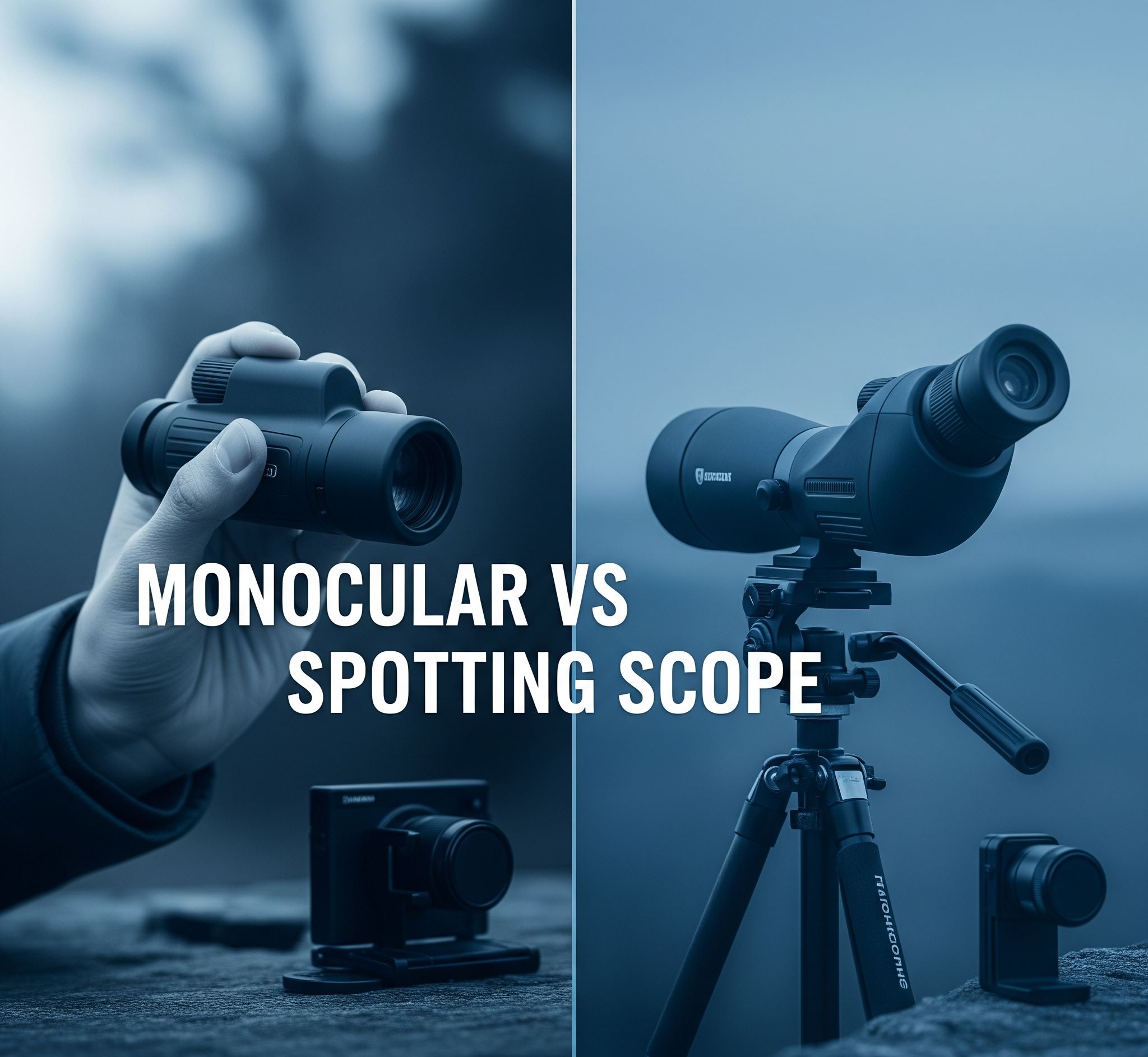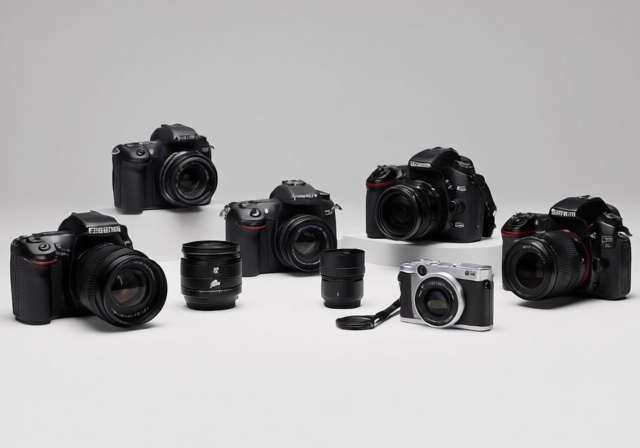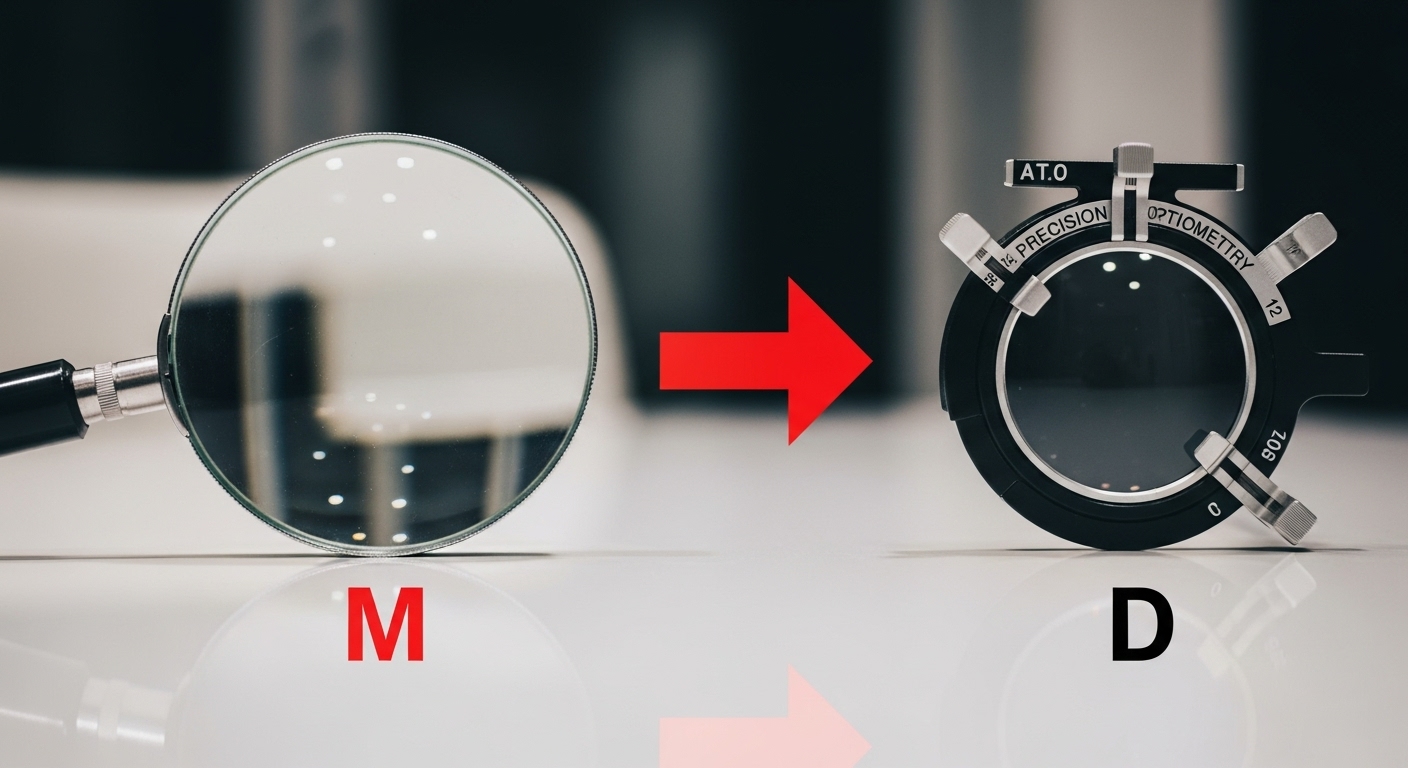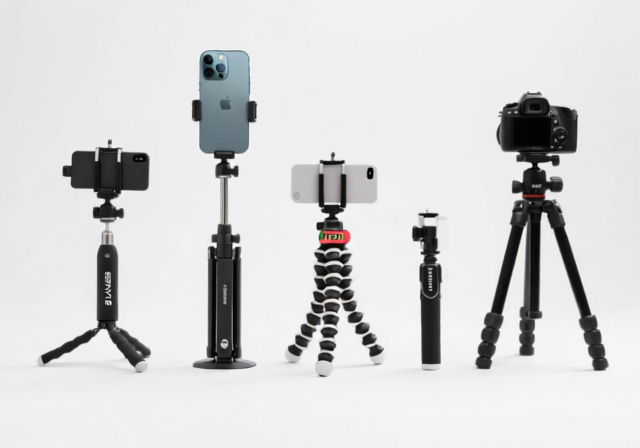



When it comes to long-distance photography and wildlife observation, choosing between a monocular and spotting scope can significantly impact your results. Both optical devices serve photographers who need to bridge the gap between their position and distant subjects, but monoculars are significantly lower powered than spotting scopes, which creates distinct advantages for different shooting scenarios. Whether you’re capturing birds in flight, documenting wildlife behavior, or exploring digiscoping techniques, understanding these fundamental differences will help you make the right choice for your photography needs.
| Feature | Monocular | Spotting Scope | Best For | Typical Price Range |
|---|---|---|---|---|
| Magnification | 4x-12x | 20x-60x+ | Scopes for distance | $50-500 vs $300-3000+ |
| Weight | 150g-500g | 1-3kg | Monoculars for hiking | Budget: Under $200 |
| Setup Required | None | Tripod needed | Monoculars for quick shots | Mid: $200-800 |
| Digiscoping | Limited | Excellent | Scopes for serious work | Pro: $800+ |
The choice between a monocular and spotting scope starts with understanding your primary photography goals. Monoculars have a bigger field of view due to the lower magnification, making them ideal for tracking moving subjects like birds in flight or wildlife on the move. This wider perspective helps photographers maintain visual contact with unpredictable subjects while composing shots.
For stationary subjects or when extreme detail matters, spotting scopes excel. Spotting scopes are very high-powered optics with large apertures. This definitely increases its ability to see beetles, birds, hogs, and deer in detail from over 100 yards away. This power translates directly to your photography capabilities, especially when paired with modern digiscoping techniques.
When evaluating optical performance for photography, consider how each device handles light. They generally have lower apertures and so will provide less bright and clear views of specific astronomical objects when comparing monoculars to spotting scopes. The larger objective lenses on spotting scopes, typically ranging from 50mm to 100mm, gather significantly more light than the 20-42mm objectives found on most monoculars.
This light-gathering advantage becomes crucial during golden hour photography or in shaded forest environments. Spotting scopes with ED (Extra-low Dispersion) glass minimize chromatic aberration, producing cleaner images for digiscoping. However, modern monoculars with quality optics can still deliver impressive results for casual photography needs.
The eternal struggle in photography gear selection plays out clearly here. Spotting scopes are much bigger in size. Usually, we can put monoculars in our pockets (with some exceptions). This size difference impacts every aspect of field photography, from hiking distances to setup time at promising locations.
Consider your typical photography scenarios: Are you trekking miles into wilderness areas for landscape shots with occasional wildlife opportunities? A compact monocular weighing under 200g won’t burden your pack. Planning dedicated wildlife photography sessions from established viewpoints? A spotting scope’s superior reach justifies the extra weight and tripod requirements.
The Vortex Solo series has earned its reputation among photographers who need reliable optics without the bulk. With fully multi-coated lenses and a rubber armor coating, this monocular delivers sharp images while surviving the rigors of outdoor photography. The 10x magnification strikes an ideal balance between detail and handheld stability, crucial for spontaneous wildlife encounters.
What sets the Solo apart for photographers is its close focus distance of just 16.4 feet, enabling macro-style observations of butterflies, flowers, and small birds. The twist-up eyecup accommodates both eyeglass wearers and bare-eye users, while the included utility clip keeps it accessible on your camera strap. At around 10 ounces, it won’t weigh down your photography kit.
What Photographers Say:
Professional wildlife photographers praise the Solo’s optical clarity and build quality. Many report using it as their primary scouting tool before setting up telephoto lenses, saving valuable time in the field. The lifetime warranty provides peace of mind for working professionals.
Celestron’s Regal M2 series represents the sweet spot where optical excellence meets digiscoping capability. The 65mm ED objective lens incorporates premium glass that virtually eliminates color fringing, critical for sharp digiscoped images. The dual-focus system allows rapid rough focusing followed by fine-tuning, speeding up the capture process for fleeting wildlife moments.
This scope’s magnesium alloy body reduces weight without sacrificing durability, addressing a common complaint about spotting scope portability. The rotating tripod mount collar lets photographers quickly switch between landscape and portrait orientations. With the included 16-48x zoom eyepiece, you can frame subjects perfectly before capturing through your smartphone or camera.
Digiscoping Performance:
When paired with modern smartphone adapters, the Regal M2 produces images rivaling entry-level telephoto setups. The ED glass ensures color accuracy across the frame, while the substantial aperture maintains image quality even in challenging light. Professional bird photographers report excellent results at distances exceeding 100 yards.
Travel photographers face unique challenges balancing gear weight against capability. The Hawke Endurance ED addresses this perfectly with its compact 8×42 configuration. The lower magnification provides exceptional stability for handheld use, while the 42mm objective ensures bright views in varied lighting conditions.
This monocular excels in versatility. From architectural details on distant buildings to wildlife in safari parks, the wide field of view helps photographers quickly locate and track subjects. The fully multi-coated optics and phase-corrected prisms deliver images with excellent contrast and color fidelity. Waterproof and fog-proof construction means weather won’t interrupt your photography sessions.
Field Testing Results:
During extensive field testing, the Endurance ED proved its worth in diverse environments. The stay-on-lens cover prevents loss while allowing instant deployment. Photographers particularly appreciate the smooth focus wheel that operates reliably even with gloves. At under $200, it offers exceptional value for traveling photographers.
When image quality trumps all other considerations, professionals turn to Swarovski. The modular ATX system represents the pinnacle of spotting scope design, with interchangeable objective modules and eyepieces. The 85mm objective module balances light-gathering power with manageable size for field use.
What distinguishes the ATX for serious photography is its optical perfection. Swarovski’s proprietary coatings deliver 90%+ light transmission, crucial for dawn and dusk photography. The angled eyepiece design reduces neck strain during extended observation sessions while providing optimal angles for digiscoping. Edge-to-edge sharpness means every pixel counts when capturing through this scope.
Professional Applications:
Wildlife photographers using the ATX report capturing publication-quality images at distances exceeding 200 yards. The scope’s resolution reveals feather details on distant birds and enables behavioral documentation without disturbance. When paired with Swarovski’s dedicated digiscoping adapters, it transforms smartphones into powerful telephoto systems.
Canon’s PowerShot Zoom redefines what a monocular can be for photographers. This unique device combines traditional monocular viewing with integrated digital photography capabilities. With 100mm, 400mm, and 800mm equivalent focal lengths, it bridges the gap between observation and capture seamlessly.
The built-in image stabilization compensates for hand movement at all focal lengths, addressing a primary limitation of traditional monoculars. The electronic viewfinder provides a camera-like shooting experience, complete with autofocus and exposure information. For photographers already invested in the Canon ecosystem, images transfer wirelessly to smartphones for instant sharing.
Real-World Performance:
While not replacing dedicated camera systems, the PowerShot Zoom excels for documentary photography. Bird photographers use it for quick identification shots, while sports photographers appreciate the instant focal length changes. The ability to shoot 4K video adds another dimension to wildlife documentation.
The monocular vs spotting scope decision ultimately depends on your photography style and subjects. For photographers who value spontaneity and portability, a quality monocular provides instant magnification without setup hassles. Despite the name, digiscoping doesn’t necessarily require a spotting scope. You can also do it with binoculars (placing your camera over one of the barrels) or a monocular, opening creative possibilities even with compact optics.
However, serious wildlife and bird photographers will find spotting scopes indispensable. The best spotting scopes can have magnifications greater than 60x, such as the Celestron Ultima 100, which has zoom magnification of 22x to 66x, enabling frame-filling shots of distant subjects impossible with monoculars. Combined with modern digiscoping techniques, a quality spotting scope can produce images rivaling expensive super-telephoto lenses at a fraction of the cost.
Remember that technique matters more than equipment. Master the fundamentals of field positioning, light management, and subject behavior regardless of your optical choice. Start with a versatile monocular to develop observational skills, then invest in a spotting scope as your photography demands increase. Either way, these optical tools open new creative possibilities for photographers willing to explore beyond traditional lens limitations.







